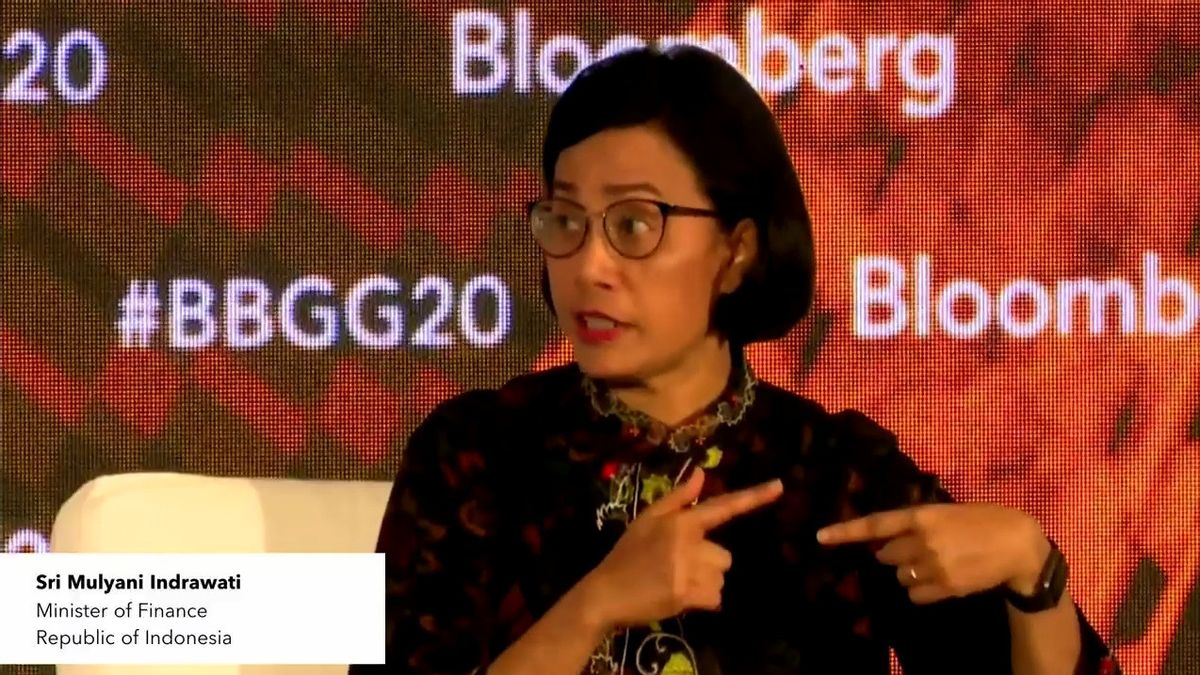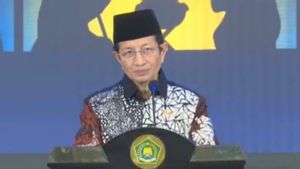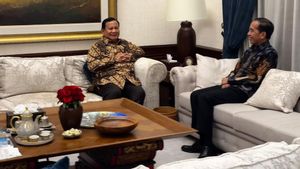JAKARTA - Minister of Finance (Menkeu) Sri Mulyani gave the latest news regarding the direction of government policies in terms of withdrawing motor vehicle taxes in Indonesia.
According to him, currently, the determination of levies still uses the old rules that refer to the specifications of conventional vehicles in general.
"If now tax levies are based on engine capacity. The higher the CC of the car, then you have to pay more to the government," he said while speaking at the Bloomberg CEO Forum on Friday, November 11.
The Minister of Finance added that this step was taken to encourage people to actively participate in productive, environmentally friendly activities. In addition, this method is also in line with the government's big agenda to create a large green economy in the country.
So that in the future taxation will be based on how much exhaust emission from vehicles is. The smaller it means you pay the lower," he said.
For information, the direction of this policy has actually been seen from the government's decision to provide special incentives for electric vehicles.
It is stated that the development of the Battery-Based Electric Motor Vehicle (KBLBB) industry is a national strategic program in supporting the Government's Nationally Determined Contribution (NDC) targets.
The government has set a special fee for zero percent entry fee for imported motorized vehicles in incomplete and incomplete conditions (Incompletely Knocked Down/IKD) through the Minister of Finance Regulation Number PMK-13/PMK.010/2022 concerning the Fourth Amendment to the Regulation of the Minister of Finance Number 6/PMK.010/2017 concerning the Determination of the Classification System for Goods and Feasibility of Import Duty on Import goods set on February 22, 2022.
Just so you know, in 2035 Indonesia will target 1 million electric four-wheeled vehicles or more and 3.22 million two-wheeled electric vehicles.
Through this target, the government estimates that it can save on the use of 12.5 million barrels of fuel and reduce 4.6 million tons of CO2 for four-wheeled vehicles or more.
Meanwhile, for two-wheeled vehicles, it is estimated that there will be savings in the use of fuel of 4 million barrels and emission reductions reaching 1.4 million tons of CO2.
This roadmap is in line with global initiatives both at the world level and regional ASEAN which aim to encourage electric motorized vehicles.
The English, Chinese, Japanese, Arabic, and French versions are automatically generated by the AI. So there may still be inaccuracies in translating, please always see Indonesian as our main language. (system supported by DigitalSiber.id)













